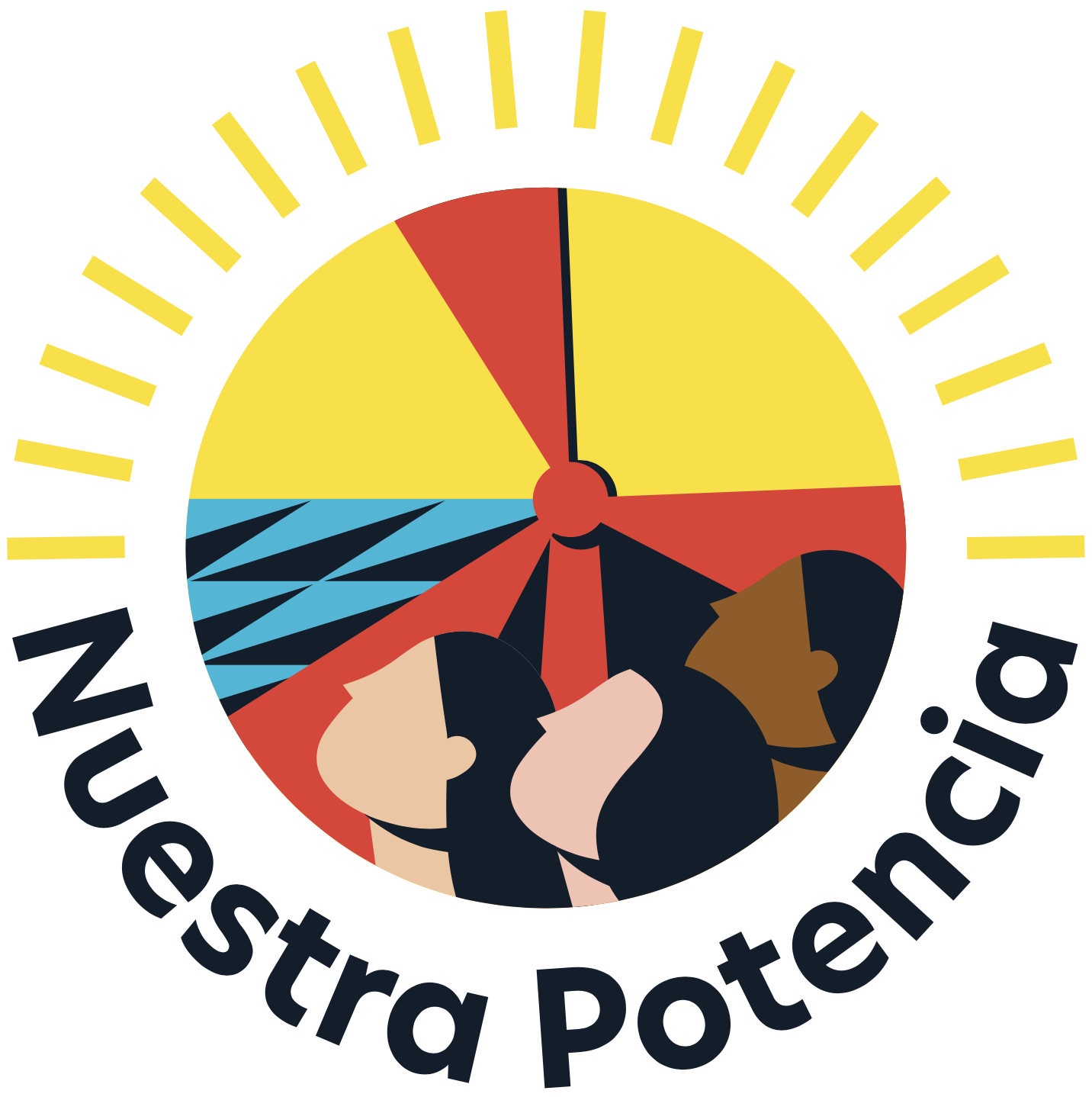Goals
- To give people experience in strategizing for a renewable energy project;
- To share knowledge of how community-owned RE projects get built and their challenges;
- To build teamwork in problem-solving.
What you need
At least two trainers who know the situation, at least 1 facilitator per 20 participants.
Set-Up
Arrange on the floor of a large room a giant board game format, using tape for the first set of squares and leaving the finish line indeterminate. The squares need to be big enough for a team of 4-8 persons to squat in.
![]()
Example set-up
Develop a list of challenges/obstacles/problems which need to be solved in order to win a campaign or achieve a goal. Order them roughly in sequence.
(Adjust the number of squares for the number and difficulty of the problems/challenges.)
Some challenges may include:
- Create a name for your team
- Create a map of your city
- On the map of your city, identify 5 possible locations for an RE project (give tools for this)
- Make a list of 5 groups of people who might object to this project and how you might reach out to them to not oppose it (make sure they include environmentalists opposed on conservation grounds)
- Research 3 experts in the field who they could reach out to join or test their plans (e.g. solar installers, policy experts, people already thinking through these proejcts)
- etc.
You can include fun “prizes” when people complete a round:
- Food/snacks
- “Saving a stuffed animal” from climate change
- A cheer.
Procedure
1. Explain that this game is won when at least one team overcomes enough obstacles to win/get to the end. Teams will leapfrog each other to race to victory. They only advance when the judge accepts their solution. The team must achieve consensus. Because political/economic situations are fluid, a referee may announce to a team new developments at any time.
2. Teams take up the first spaces, each to a square. After 5 minutes (each team discusses), the referees begin hearing solutions and either sending teams forward or keeping them there to try a different solution.
![]()
Teams start in each square
3. Teams move forward — landing on the first open spot that’s never been occupied.

And then…

How teams move — teams move to next free spot that hasn’t been occupied
4. After a team moves forward, a referee gives a new challenge to it.
5. Continue game until (a) time runs out (not counting 60 minutes for debrief), (b) the group achieves its goal, (c) attention in the group is starting to fade.
6. Debrief questions include: which challenges were easier/more difficult? What major strategic errors were made? What are the principles underlying your successful moves? What were the group dynamics in achieving consensus in your teams?
Adapted by Liangyi and Daniel from a tool by Karen Ridd; invented in Cambodia
